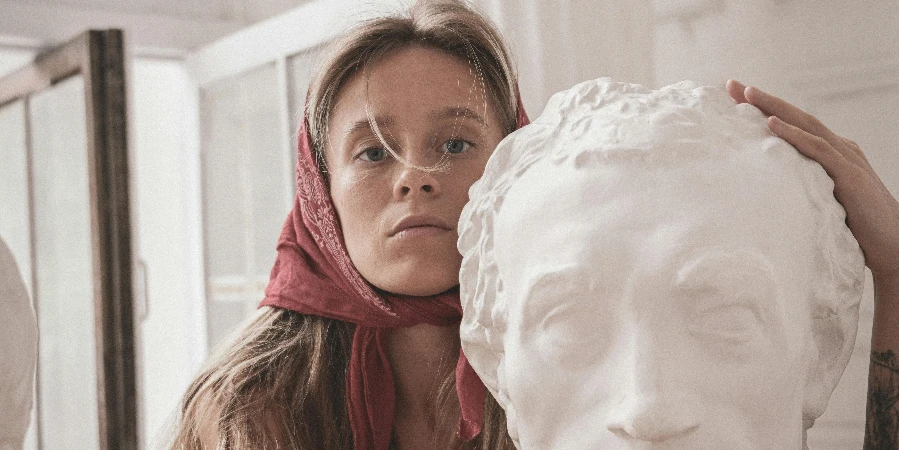The head scarf is more than just a piece of fabric; it’s a versatile accessory with a rich history and multifaceted uses. Whether you’re looking to make a fashion statement, protect your hair, or explore cultural traditions, the head scarf offers a unique blend of style and practicality. In this article, we delve into the most important aspects of head scarves, highlighting their significance and providing practical tips for incorporating them into your wardrobe.
Table of Contents:
1. A brief history of the head scarf
2. Types and materials
3. Styling tips and techniques
4. Cultural significance and symbolism
5. Practical uses and benefits
A brief history of the head scarf
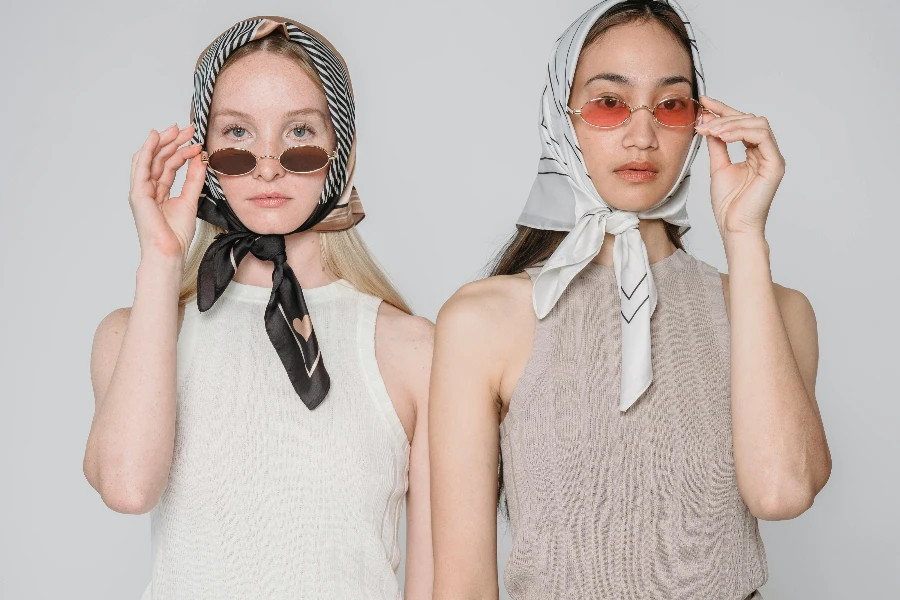
The head scarf has a storied past that dates back thousands of years. Originally used for practical purposes, such as protection from the elements, head scarves have evolved to become symbols of status, fashion, and identity.
Historically, head scarves were worn by both men and women across various cultures. In ancient Egypt, they were a sign of nobility. Meanwhile, in ancient Greece and Rome, they provided protection from the sun and wind for laborers and soldiers. This multifunctional accessory gradually made its way into mainstream fashion, where it remains a staple today.
In the 20th century, the head scarf saw a resurgence in popularity. Icons like Audrey Hepburn and Grace Kelly popularized the elegant silk scarf, while the counterculture movements of the 1960s and 70s embraced more bohemian styles. Today, the head scarf continues to be a dynamic accessory, reflecting both tradition and contemporary fashion trends.
Types and materials
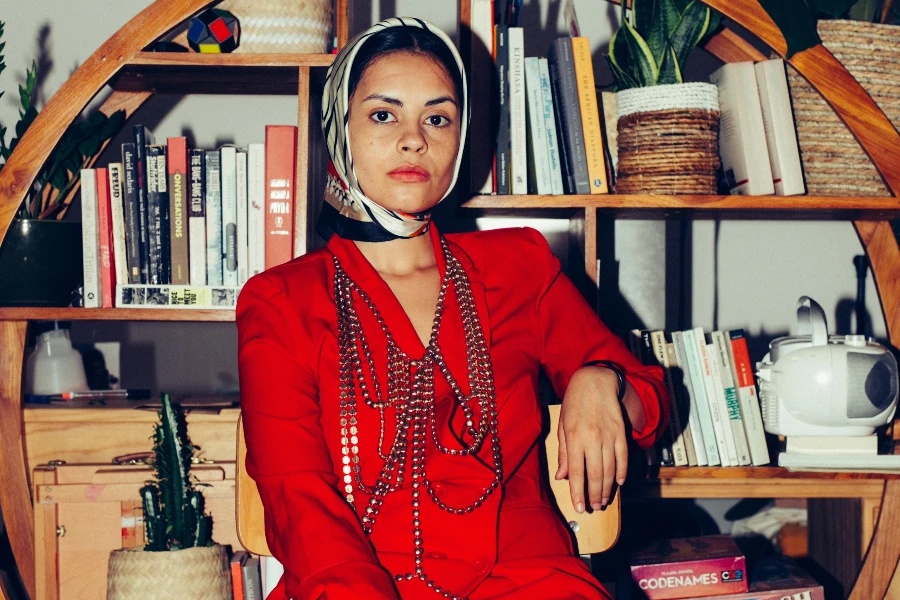
Head scarves come in a variety of types and materials, each offering distinct advantages. Understanding these differences can help you choose the right scarf for your needs.
Silk Scarves: Known for their luxurious feel and vibrant colors, silk scarves are perfect for elegant and sophisticated looks. Silk is lightweight and breathable, making it ideal for warmer climates. However, it’s also delicate and requires careful handling.
Cotton Scarves: Cotton scarves are versatile and practical. They are comfortable, easy to care for, and suitable for everyday wear. Cotton’s absorbent properties also make it a good choice for head wraps in warmer weather or during physical activities.
Wool Scarves: For colder climates, wool scarves offer warmth and insulation. They come in various weaves and thicknesses, providing options for different levels of warmth. Wool is also durable and can withstand harsh weather conditions.
Synthetic Scarves: Made from materials like polyester or nylon, synthetic scarves are often more affordable and can mimic the look and feel of natural fibers. They are easy to care for and resistant to wrinkles, making them a convenient option for travel.
Styling tips and techniques
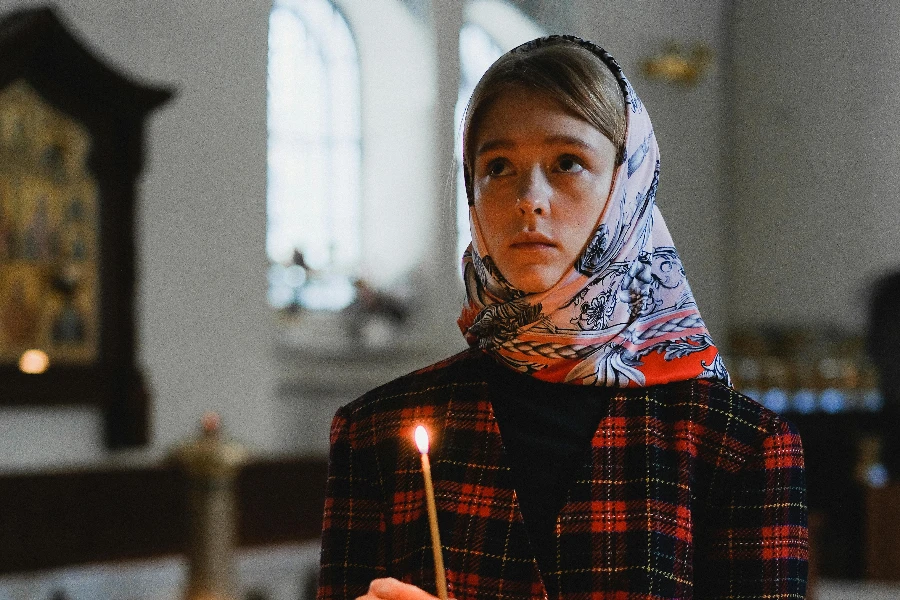
Incorporating a head scarf into your wardrobe can elevate your style. Here are some tips and techniques to help you make the most of this versatile accessory.
Classic Wrap: The simplest way to wear a head scarf is the classic wrap. Fold the scarf into a triangle, place the long edge along your forehead, and tie the ends at the nape of your neck. This timeless style works well with both casual and formal outfits.
Turban Style: For a more dramatic look, try the turban style. Place the scarf at the back of your head, bring the ends to the front, twist them around each other, and tuck them in at the back. This style adds volume and flair to your ensemble.
Bandana Style: The bandana style is perfect for a laid-back, casual look. Fold the scarf into a triangle, place it on your head with the pointed end at the back, and tie the ends under your chin or at the back of your head. This style is both practical and fashionable.
Headband Style: To add a pop of color or pattern to your hairstyle, use a head scarf as a headband. Fold the scarf into a narrow strip, wrap it around your head, and tie it at the top or bottom. This style keeps your hair in place while adding a stylish touch.
Cultural significance and symbolism
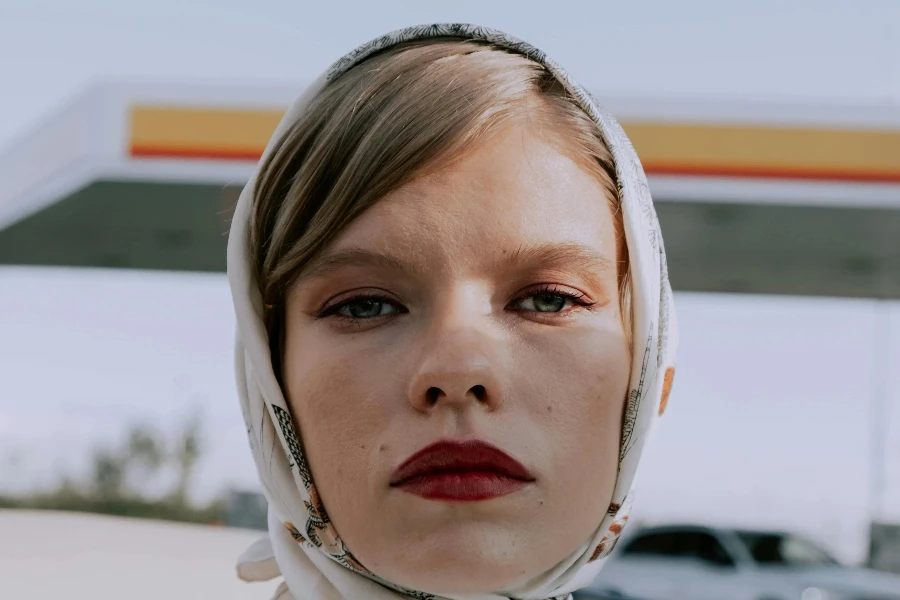
Head scarves hold deep cultural significance and symbolism across various societies. They can represent religious beliefs, social status, or cultural heritage, making them powerful symbols of identity.
In many Islamic cultures, head scarves, or hijabs, are worn as a sign of modesty and religious observance. The styles and materials vary, reflecting regional traditions and personal preferences. Similarly, in Orthodox Christian and Jewish communities, head coverings are worn as expressions of faith and modesty.
In African cultures, head wraps, known as gele or dhuku, are often used to signify social status, marital status, or ethnic identity. The intricate wrapping techniques and vibrant fabrics are a testament to the wearer’s heritage and creativity.
In Western societies, head scarves have been adopted as fashion statements, often disconnected from their cultural origins. However, they still carry connotations of elegance and sophistication, popularized by fashion icons and celebrities.
Practical uses and benefits
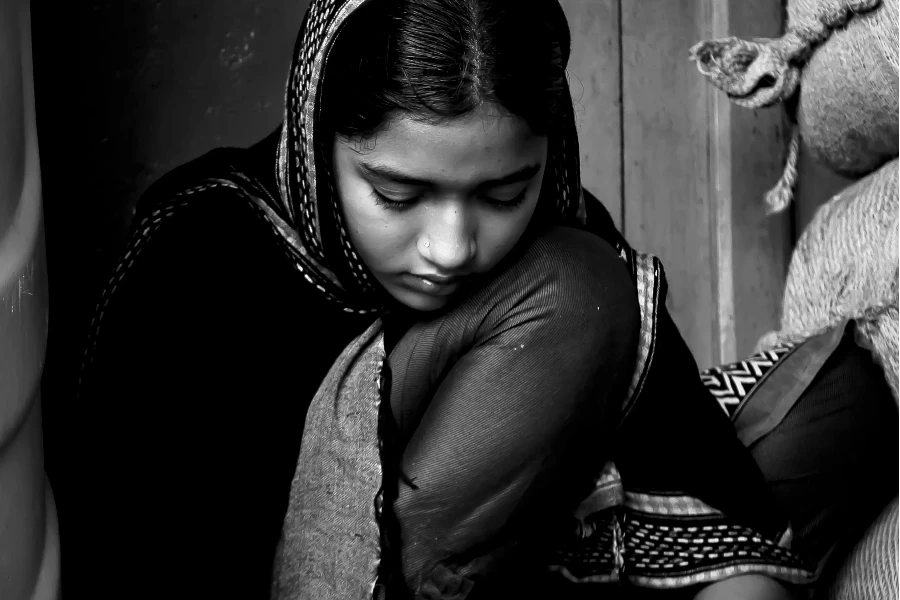
Beyond their aesthetic appeal, head scarves offer a range of practical uses and benefits. They provide protection, comfort, and versatility, making them an essential accessory for many.
Protection: Head scarves shield your hair and scalp from the sun’s harmful UV rays, helping to prevent sunburn and damage. They also protect against wind and dust, keeping your hair clean and tangle-free.
Comfort: In cold weather, wool or fleece scarves provide warmth and insulation, while in hot weather, lightweight fabrics like cotton or silk keep you cool and absorb sweat. Head scarves can also provide comfort for those undergoing medical treatments, offering a stylish way to cover hair loss.
Versatility: Head scarves can be styled in numerous ways to suit different occasions. Whether you need a practical hair cover for a workout or an elegant accessory for a formal event, there’s a head scarf style that fits the bill. They are also easy to carry, making them a convenient option for travel.
Conclusion
The head scarf is a timeless accessory that blends style, function, and cultural significance. By understanding its history, types, and uses, you can appreciate the versatility and value it brings to your wardrobe. Whether you’re embracing it for fashion, protection, or cultural expression, the head scarf remains a powerful symbol of identity and style.
